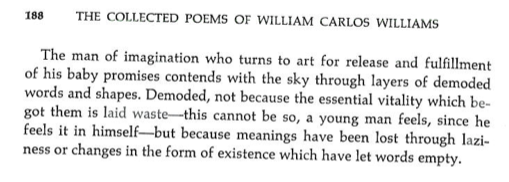Hi class, actually — no blog post required — just focus on your research presentations. But use these questions as a guide to reading and discussion:
Option 1: Sedgwick and Ngai (on p. 166-7, 180, 185-) discuss the political potential in negative affects like shame and disgust. How did you understand these discussions? Were they convincing to you, either on a personal or more political level?
Option 2: Sedgwick discusses performativity on p. 3-7. This may be a new concept for many of you. But if it interests you, I invite you to ruminate on the performative phrase, “Shame on you!” How does this performative utterance resonate with Sedgwick’s later discussion of shame and identity in chapter 2 of Touching, Feeling (on Henry James).
Option 3: Consider the discussion of James and his digestive problems in chapter 2. Do any of the previous texts we’ve read (Cohen, Douglas, Kristeva, Ngai) illuminate the passages that Sedgwick quotes?



